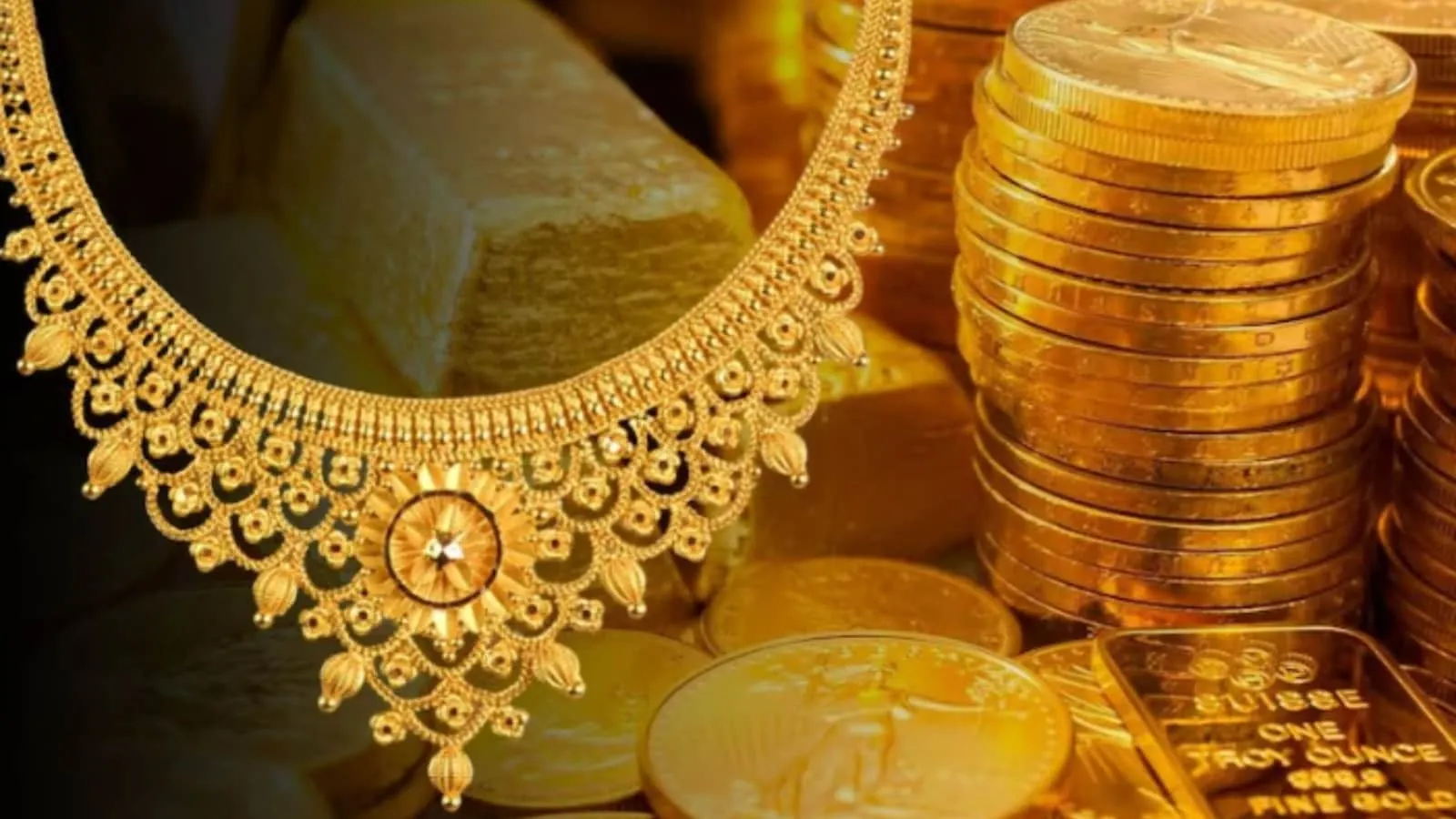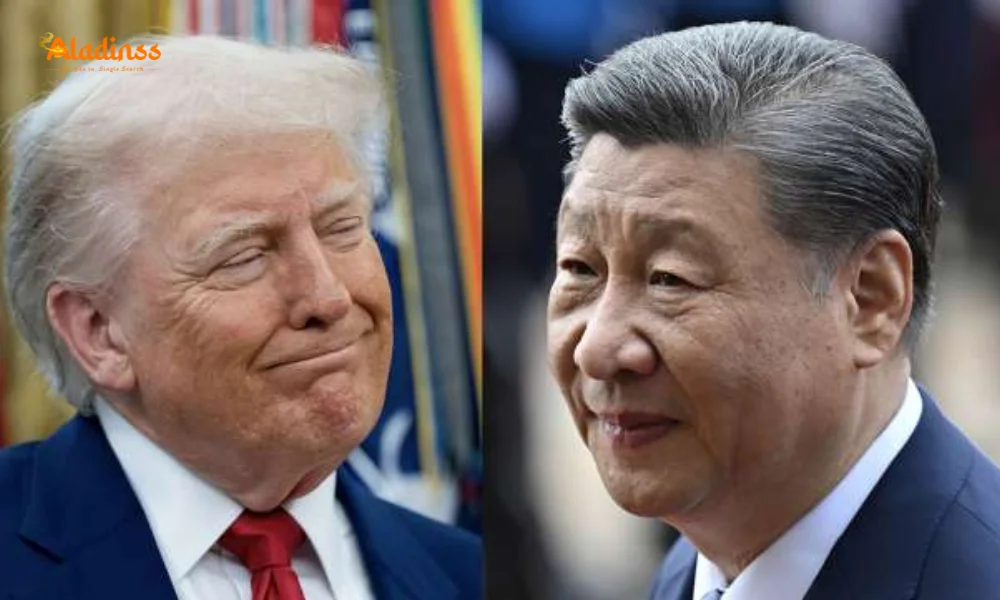Gold Price Today: MCX Rates Drop Before US CPI Data

Gold Price Today: MCX Rates Drop Ahead of US CPI Inflation Data
Gold and silver prices experienced a decline on the Multi Commodity Exchange (MCX) on Thursday, September 11, 2025, as investors engaged in profit booking ahead of the highly anticipated US Consumer Price Index (CPI) inflation data release. The drop in precious metal prices was driven by weak spot demand and a strengthening US dollar against its peers. According to market reports, MCX Gold October futures fell by 0.28% to ₹1,08,681 per 10 grams around 9:05 AM, while MCX Silver December futures were down 0.14% to ₹1,25,000 per kg. This breaking news update highlights the latest developments in the gold market, with investors closely monitoring the US Federal Reserve’s potential rate cut decisions and their impact on precious metals.

Gold Price Movement on MCX
The recent dip in gold and silver prices on the MCX reflects a cautious approach by investors as they await key economic data from the United States. Gold prices, which hit a record high of ₹1,09,840 per 10 grams on September 9, 2025, have declined by over ₹1,000, or approximately 1%, within two days. This correction is attributed to profit booking, weak spot demand, and a lack of fresh catalysts to sustain the bullish momentum. Similarly, silver prices have also softened, with MCX Silver December futures trading at ₹1,25,000 per kg, down 0.14% from previous levels.
The decline comes despite expectations of a US Federal Reserve rate cut, which typically supports gold prices due to the metal’s appeal as a non-yielding asset in low-interest-rate environments. However, the recent surge in gold prices to near-record levels has led to demand fatigue in the spot market, prompting investors to lock in profits. The strengthening US dollar, which often exerts downward pressure on gold, has further contributed to the price correction.
US CPI Inflation Data in Focus
The upcoming US Consumer Price Index (CPI) inflation data, scheduled for release later on September 11, 2025, is a critical factor influencing gold and silver prices. Market participants are keenly awaiting this data to gauge the Federal Reserve’s next steps in its monetary policy. According to a Reuters poll, the US CPI is expected to show a month-on-month increase of 0.3% in August, following a 0.2% rise in July. On a year-on-year basis, CPI inflation is projected to rise to 2.9%, compared to 2.7% in July, indicating a slight uptick in inflationary pressures.
The US Federal Reserve’s next meeting on September 17, 2025, is widely anticipated to result in a 25-basis-point rate cut, driven by recent macroeconomic data highlighting stress in the US jobs market. Revised jobs data revealed that the US economy created 911,000 fewer jobs in the 12 months through March than previously estimated, signaling economic slowdown. A rate cut could bolster gold prices, as lower interest rates reduce the opportunity cost of holding non-yielding assets like gold, making it more attractive to investors.
Expert Insights and Market Strategies
Experts predict that gold and silver prices will remain volatile in the near term due to multiple factors, including fluctuations in the US dollar index, geopolitical tensions, and the outcome of the US CPI data. Manoj Kumar Jain of Prithvifinmart Commodity Research suggests that gold prices are expected to trade within a range of $3,510 to $3,770 per troy ounce, while silver prices may fluctuate between $39.10 and $44.00 per troy ounce in the week following September 11, 2025. Jain advises investors to book profits in gold long positions ahead of the CPI data release and consider buying silver at around ₹1,24,600, with a stop loss below ₹1,23,500, targeting ₹1,25,700 to ₹1,26,600.
Jain further outlined key support and resistance levels for gold and silver. For gold, support levels are at $3,655 and $3,634 per troy ounce, with resistance at $3,700 and $3,714. On the MCX, gold has support at ₹1,08,550 and ₹1,08,000, with resistance at ₹1,09,440 and ₹1,10,000. For silver, support levels are at $41.30 and $40.94 per troy ounce, with resistance at $42.00 and $42.45. On the MCX, silver support is at ₹1,24,400 and ₹1,23,500, with resistance at ₹1,26,300 and ₹1,27,000.
Additional Expert Perspectives
Rahul Kalantri, Vice President of Commodities at Mehta Equities, provided further insights into the market dynamics. He noted that gold has support at $3,615 and $3,590 per troy ounce, with resistance at $3,660 and $3,675. In Indian rupees, gold support levels are at ₹1,08,340 and ₹1,07,740, with resistance at ₹1,09,450 and ₹1,09,950. For silver, Kalantri highlighted support at $40.90 and $40.70 per troy ounce, with resistance at $41.40 and $41.65. On the MCX, silver support is at ₹1,23,550 and ₹1,22,750, with resistance at ₹1,25,950 and ₹1,26,740.
These technical levels provide critical guidance for traders looking to navigate the volatile precious metals market. The combination of profit booking, a stronger US dollar, and anticipation of the CPI data has created a complex trading environment, requiring investors to adopt a cautious yet strategic approach.
Is Now the Right Time to Buy Gold?
With gold and silver prices experiencing a pullback, investors are questioning whether this is an opportune moment to enter the market. The current correction, driven by profit booking and demand fatigue, may present a buying opportunity for those with a long-term perspective. However, experts caution that the upcoming US CPI data could introduce further volatility, potentially impacting gold’s short-term trajectory. A higher-than-expected CPI reading could strengthen the US dollar and reduce expectations for aggressive rate cuts, putting additional downward pressure on gold prices.
Conversely, a softer-than-expected CPI figure could reinforce expectations of a Federal Reserve rate cut, boosting gold’s appeal as a safe-haven asset. Investors are advised to monitor key support levels, particularly ₹1,08,000 for MCX gold and ₹1,23,500 for MCX silver, as potential entry points. For those already holding long positions, booking partial profits at current levels could help mitigate risks associated with market volatility.
Impact of US Federal Reserve Policy
The US Federal Reserve’s monetary policy decisions play a pivotal role in shaping gold and silver prices. The expectation of a 25-basis-point rate cut on September 17, 2025, is based on recent economic indicators pointing to a weakening US jobs market. The revised jobs data, which showed significantly lower job creation than previously reported, has heightened expectations for monetary easing. Lower interest rates typically enhance gold’s attractiveness, as they reduce the cost of holding non-interest-bearing assets.
However, the Federal Reserve’s actions will hinge on the CPI data and other economic indicators, such as the Producer Price Index (PPI) and retail sales data, scheduled for release later in the week. A higher-than-expected inflation reading could temper expectations for rate cuts, potentially capping gold’s upside. Conversely, signs of cooling inflation could reinforce the case for monetary easing, providing a tailwind for precious metals.
Global and Geopolitical Factors
In addition to US economic data, geopolitical tensions and global market dynamics are influencing gold and silver prices. Gold is widely regarded as a safe-haven asset during periods of uncertainty, and ongoing geopolitical developments, such as trade tensions and regional conflicts, could drive demand for the metal. The strengthening US dollar, driven by expectations of robust economic data, has been a headwind for gold, but any escalation in global uncertainties could reverse this trend.
The interplay between the US dollar index and gold prices remains a critical factor for investors to monitor. A weaker dollar typically supports higher gold prices, as it makes the metal more affordable for holders of other currencies. Conversely, a stronger dollar, as seen recently, can exert downward pressure on gold and silver, contributing to the current price correction.
Investment Strategies for Precious Metals
Given the current market conditions, investors are advised to adopt a balanced approach to trading gold and silver. The volatility expected in the wake of the US CPI data release calls for cautious strategies, such as setting stop-loss orders to manage risks. For silver, experts like Manoj Kumar Jain recommend buying on dips around ₹1,24,600, with a clear target and stop-loss strategy to capitalize on potential upside. Gold investors, meanwhile, may benefit from booking profits at current levels and re-entering at lower support levels if the market corrects further.
Long-term investors may find the current dip an attractive entry point, given gold’s historical role as a hedge against inflation and economic uncertainty. However, short-term traders should remain vigilant, as the CPI data and Federal Reserve’s policy decisions could significantly influence market sentiment. Diversifying portfolios with a mix of precious metals and other assets can also help mitigate risks associated with market fluctuations.
Market Outlook for Gold and Silver
Looking ahead, the outlook for gold and silver remains mixed, with potential for both upside and downside depending on economic and geopolitical developments. The Federal Reserve’s rate cut trajectory, the US dollar’s strength, and global demand for precious metals will be key determinants of price movements. Investors are encouraged to stay informed about the latest economic data releases and expert analyses to make informed decisions.
The current correction in gold and silver prices may be a temporary pause in their upward trend, particularly if the Federal Reserve proceeds with monetary easing. For now, the focus remains on the US CPI inflation data and its implications for global markets, with gold and silver poised to react to the latest economic signals.
Comment / Reply From
No comments yet. Be the first to comment!











